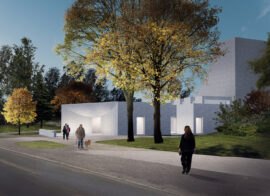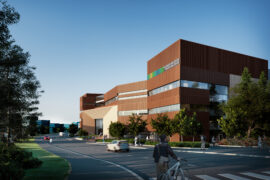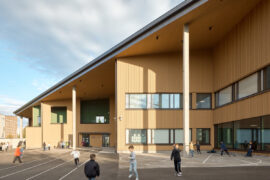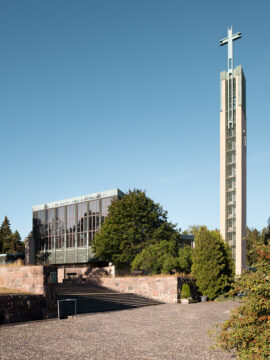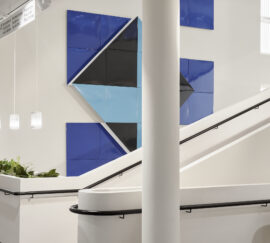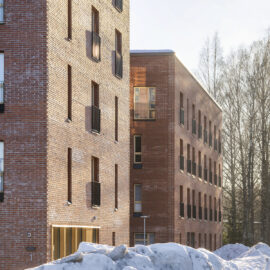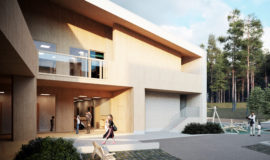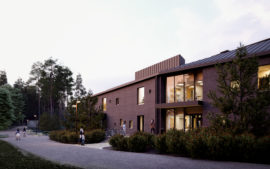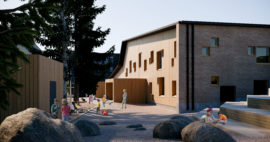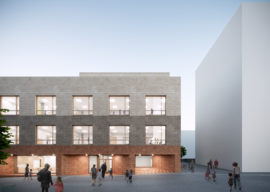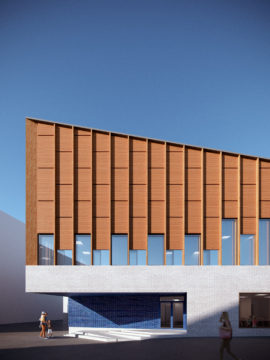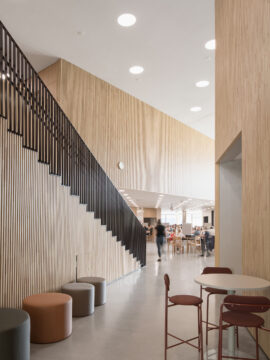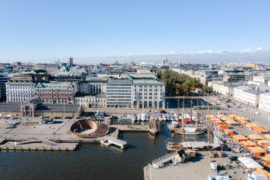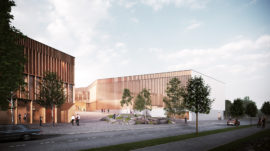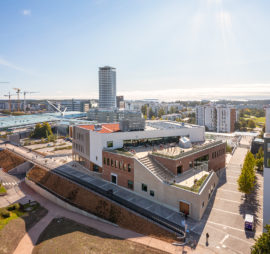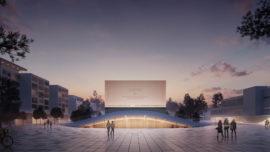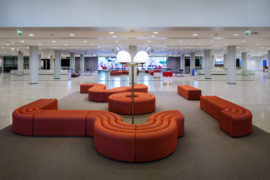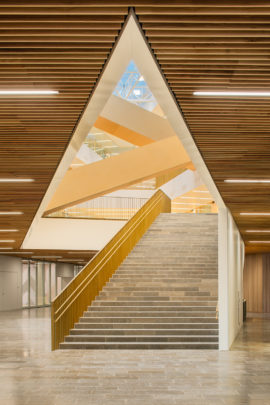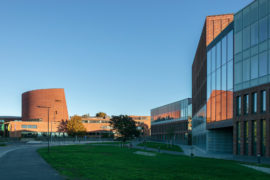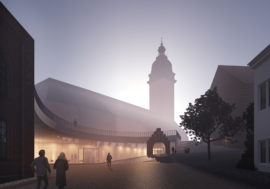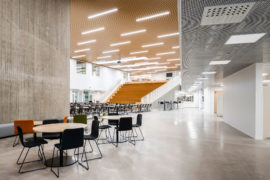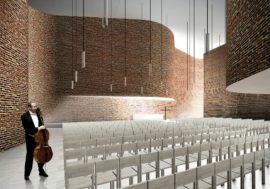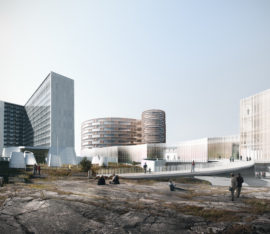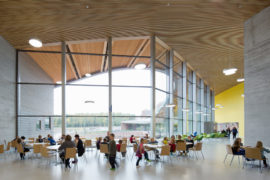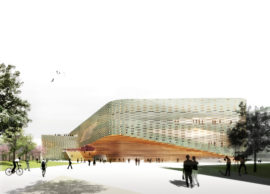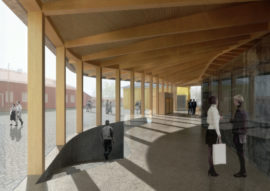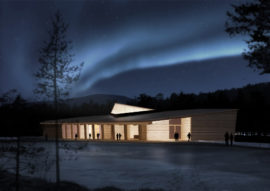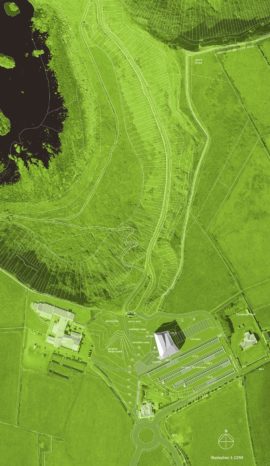Kivelä Hospital Renovation











Kivelä Hospital Renovation
Description:
The renovation project consisted of spaces in two separate buildings in Taka-Töölö, Helsinki. Building 25 was completed in 1935 as an administrative, polyclinic and residential building. It was designed by architect Gunnar Taucher working for the Helsinki City. Building 27 and the main entrance were completed in 1985 and designed by architects Eva and Jaakko Paatela. The mosaic artwork by Eino Kauria covers the façade of building 25. In the lobby of building 27, the sculpture by Lars-Gunnar Nordström (1990) belongs to the collections of the Helsinki Art Museum.
During the renovation design, special attention was paid to emphasizing the functionality and clear spatial structure, as well as coordinating the needs of the health care center’s various operators. Furthermore, careful consideration was given to unifying the overall look and preserving the warm atmosphere of the building.
Most surfaces and lighting elements received a high-quality update respecting the design and spirit of the original buildings. Electrical and air systems were updated to current standards. Some room re-arrangements were done to better accommodate modern patient services. The outcome is a brighter and better functioning hospital that continues the tradition of high-standard public health care in Finland.
Status
Completed 2021.
Program
Renovation 5000m2.
Location
Sibeliuksenkatu 14-16,
Taka-Töölö,
Helsinki, Finland.
Client
The City of Helsinki
Photographs
Tuomas Uusheimo
